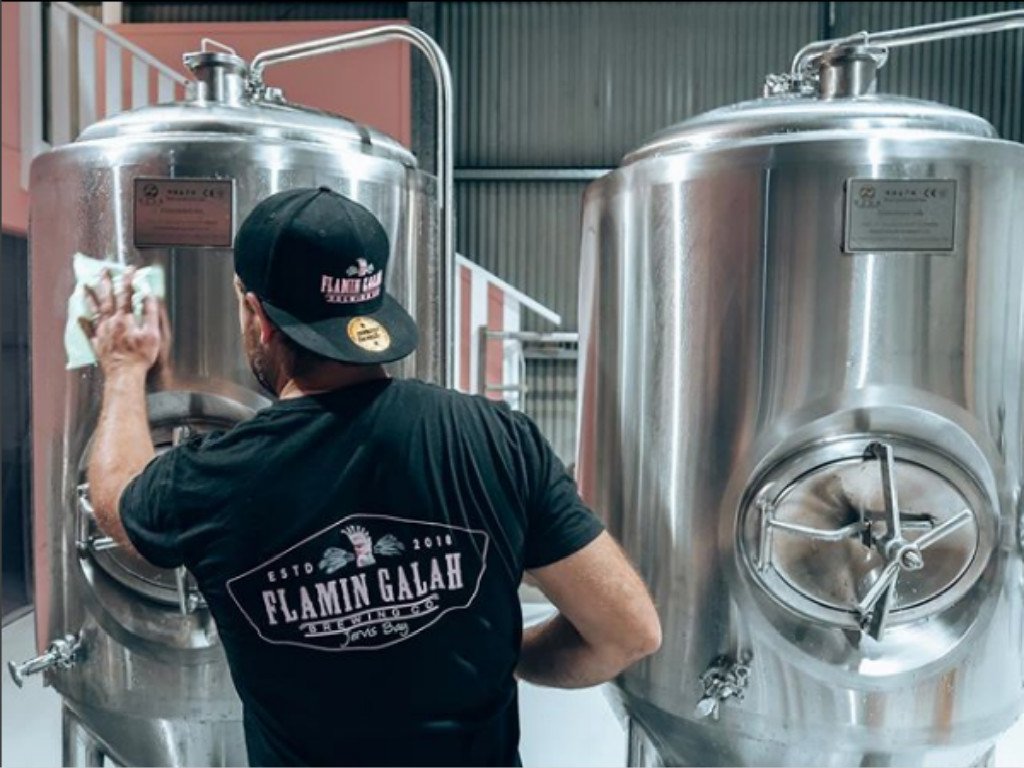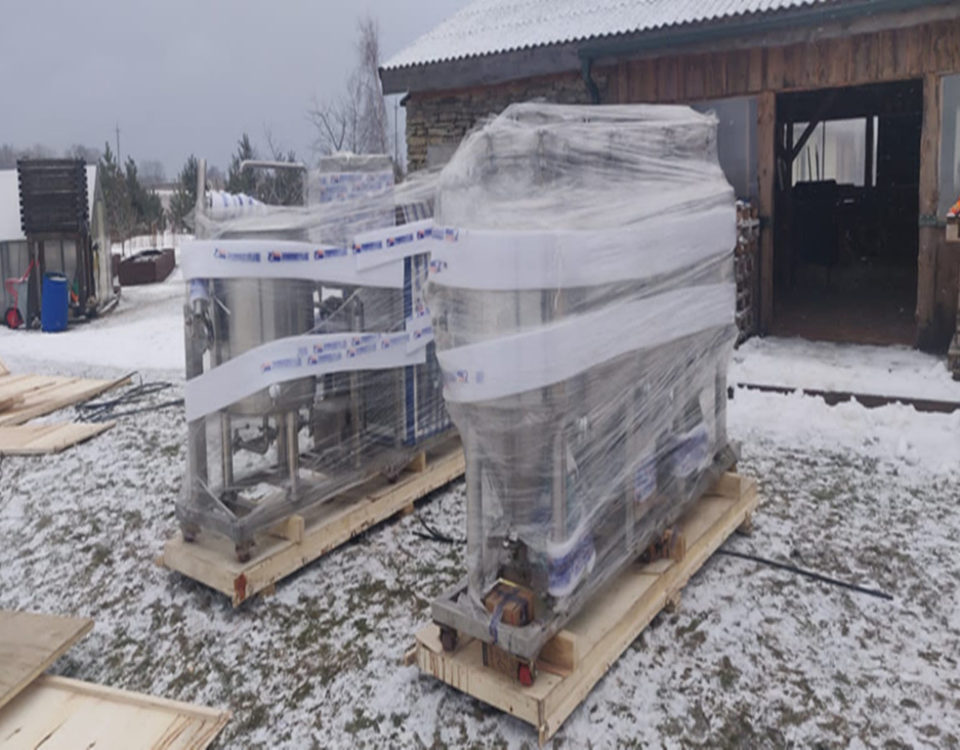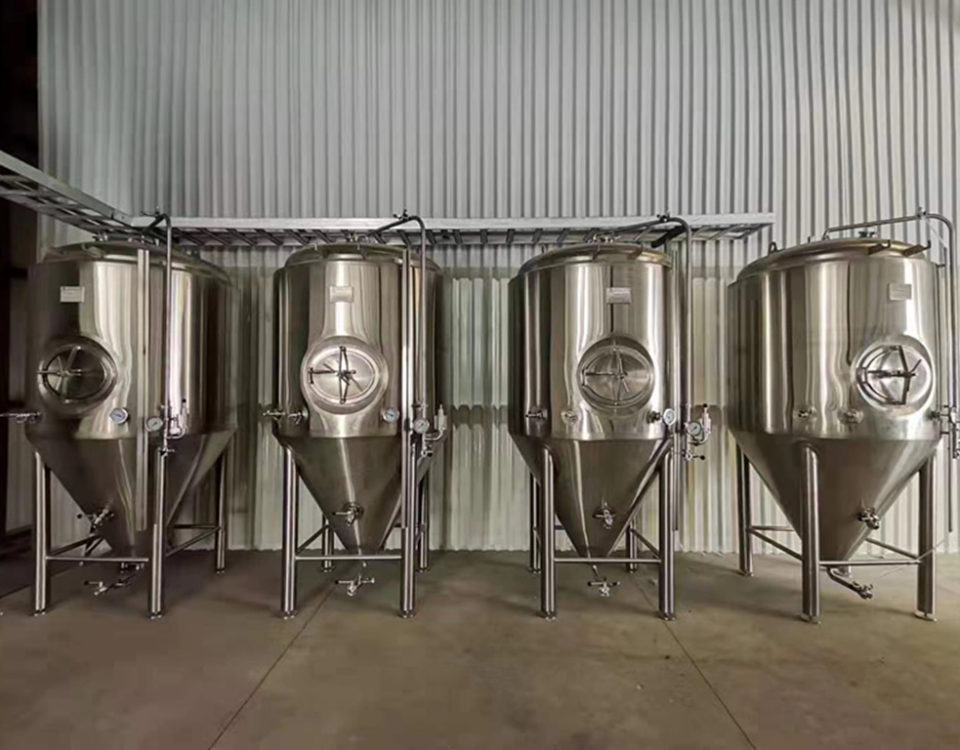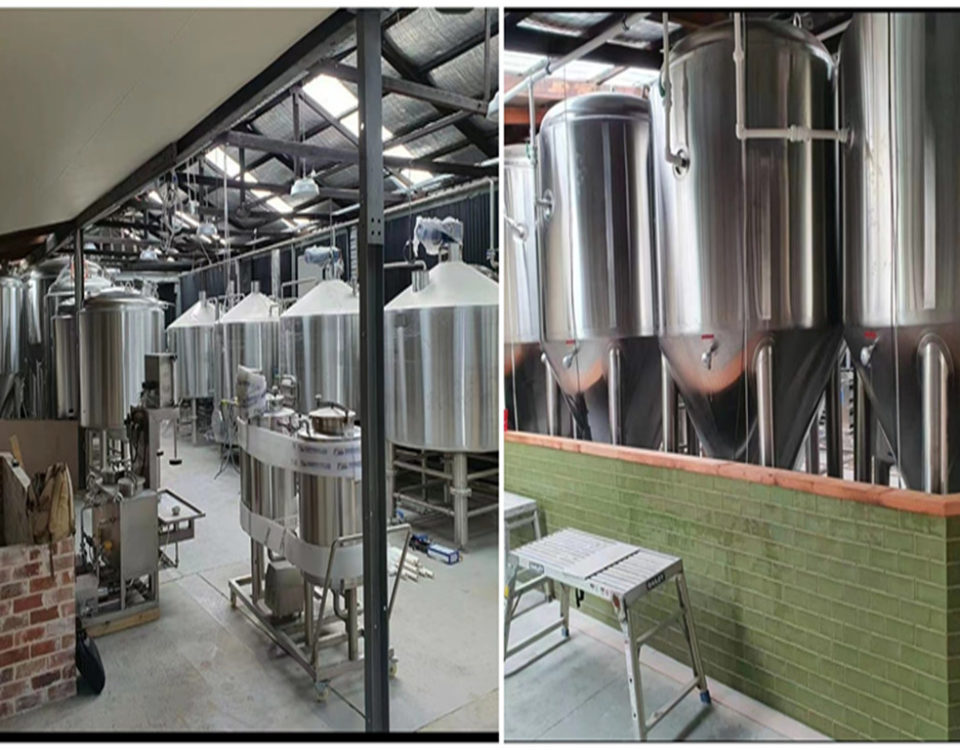
2 vessel brewhouse what do we equipping when start a brewery.
01/12/2022
3 vessel brewing system Installing tips and thoughts
01/10/2022
When it comes to Beer brew system setup costs it’s like “how long is a piece of string”? It depends on:
- How big will the Beer equipment be?
- Where is the brewery to be located?
- Where are you going to source your Beer making machine from?
- What packaging do you plan to fill your beer into?
- What type of brewery do you want run? (manual/fully automated or something in-between)
These are just some of the considerations when it comes to micro-brewery setup costs. I could write a whole book on the subject; but for now, we’ll take a general overview. To help you get started.
Please note I will talk about hectoliters (HL) so 1HL equals 100 liters.
How Big is your Beer equipment?
Well sizing your Beer brew system is important. What we need to point out is a 10HL brewery isn’t twice the price of a 5HL brewery. Also, it takes the same amount of time to brew on the bigger system too.
For example, if a 5HL brewhouse is US$ 70,00 then a 10HL brewhouse might be US$ 85,000. You’re really just paying for the extra materials and slightly larger auxiliary equipment such as a chiller unit.
Indeed the number of brewers that I have spoken to, saying within 6 months of opening a new brewery wish they’d gone bigger is significant.
So, when planning your Beer making machine spend a significant portion of your time figuring out the correct size of system needed. You want the system to last you a minimum of 5 years if possible so; factor in expected growth.
Micro-Brewery Setup Costs – Where is your Brewery Located?
Where your brewery is located will also be a deciding factor in your start-up costs. Are you going to be a production brewery, brewpub or contract brewery?
Apart from running a contract brewery, where other companies will brew and package beer on your equipment then having a tap room really helps.
A taproom helps a brewery be profitable with a direct point for sales on-site. Be it production brewery with an attached taproom or dedicated brewpub. A taproom offers a fun place for locals to hang out, socialize and make new friends.
Furthermore, a taproom will give you a great audience to speak to, where you can promote new offerings, get quick valuable feedback and suggestions for the future.
In today’s climate it hard to see a brewery without some sort of taproom; as it really helps you financially as well be a fun place to speak to your customers too.
So, finding a location on the edge of a busy area is a good place to start. It will help you benefit from foot traffic without having to pay large fees, be it rent of mortgage repayments.
Where are you going to Source your Beer Equipment?
Now this is a big one. I must admit I have a vested interest here; being a brewing equipment sales consultant based in China. Buying your brewing equipment from China is cheaper.
The basics you will need for your brewhouse are:
- Brewhouse (for example mash mixer, lauter and brew kettle/whirlpool)
- Malt Mill
- Heat Exchanger
- Heating System
- Fermentation Vessels
- Bright Beer Tanks (BBT’s)
- Glycol System for Beer Cooling
- Cold Water Tank (optional)
- Hot Water Tank
- Keg Cleaner
- CIP Unit (optional for smaller breweries)
- Movable pump
- Yeast Brink (optional)
- Beer Hose
- Control panels
- Cables and piping
- Packaging line (bottle or cans )
I was recently asked to cost up a 10HL system for a project outside China using Chinese brewing equipment, here were the costings.
Now look at the price of just a brewhouse from SS BrewTech here. Note; this isn’t all the other auxiliary equipment like fermentation vessels, CIP unit, beer hose and glycol system for example.

SS BrewTech are a US equipment manufacturer; for their 10-barrel (12 HL) system they’re starting price is $US 76,295. Compared to US$22,000 from China – for a 10HL system. As you can see it’s much expensive.
This is why many breweries are turning to China for their Beer brew system.
Recently AB InBev bought Chinese equipment for their Hand and Malt pilot system in Korea. Then you have Black Hops out of Australia who bought Chinese equipment. I have seen breweries from Chile to South Africa buy their equipment from China and be happy with their purchase.
Also please note that US$90,350 isn’t the cheapest price you could pay for a 10HL system. In fact it represents an average price from a number of equipment suppliers from Jinan, China. Jinan is one of the main areas brewing equipment is made in China.
Beer Equipment Setup Costs – What Packaging will you use?
When it comes to packaging do you want to put your beer in kegs, bottles, cans or casks (for our UK brethren)? If it just draught from kegs then for smaller breweries can have a manual system which is very cheap to put together.
If you are looking to package in can or bottle. Then cheaper isn’t always better. The dreaded DO numbers are very important here. DO stands for dissolved oxygen and the higher the number the worse it is for your beer.
For smaller breweries finding a packaging line in your budget that offers low DO pickup is not always easy. Please do you research and if possible, ask other brewers what they are using. Ask them what their DO levels are. Ideally after packaging you want DO levels below 50ppb in the can or bottle (with under 20 being even better).
I had a long struggle in China to find a small canning line for my latest consulting project. As a matter of fact the options I looked at had huge DO pick up; at well over 100 ppb!!! These figures would have killed the shelf life of the beer.
What type of brewery do you want? (manual/fully automated or something in between)
The more automation you have the easier it is to make a standardized product. It helps with the consistency of your beer. Having the ability to brew beer that you can replicate time and again builds customer trust.
People want to know when they order a beer, exactly what they are getting. If it differs too much between batches it puts people off ordering your brews.
When I work on my consulting gigs, I tell people that having automation for mashing-in is a good place to spend the extra cash. In fact being able to input how much water you need plus the exact temperature you want with a push of button will pay dividends in your final product.
Having a flow meter between your lauter tun and your kettle so you know exactly how much wort you’ve collected is a good use of money too. This flow meter can tell you how many liters a minute you’re collecting as well, which can help when lautering.
Furthermore, being able to set the temperature of your wort when collecting from your whirlpool to fermentation vessel at a push of button is a good use of money too.
These are the 3 key areas where having automation helps the most in my humble opinion. Of course, automation costs more so, if you’re budget is stretched then look at where having automation will benefit you the most and implement it there if possible.
Micro-Brewery Setup Costs – A Conclusion
Setting up a micro-brewery isn’t cheap. They say in the trade make your budget, then triple it and you might be about right.
It’s about being smart with all your decisions; be it equipment sourcing to location choice. If you need help with your planning and implementation then please feel free to reach out to me.








